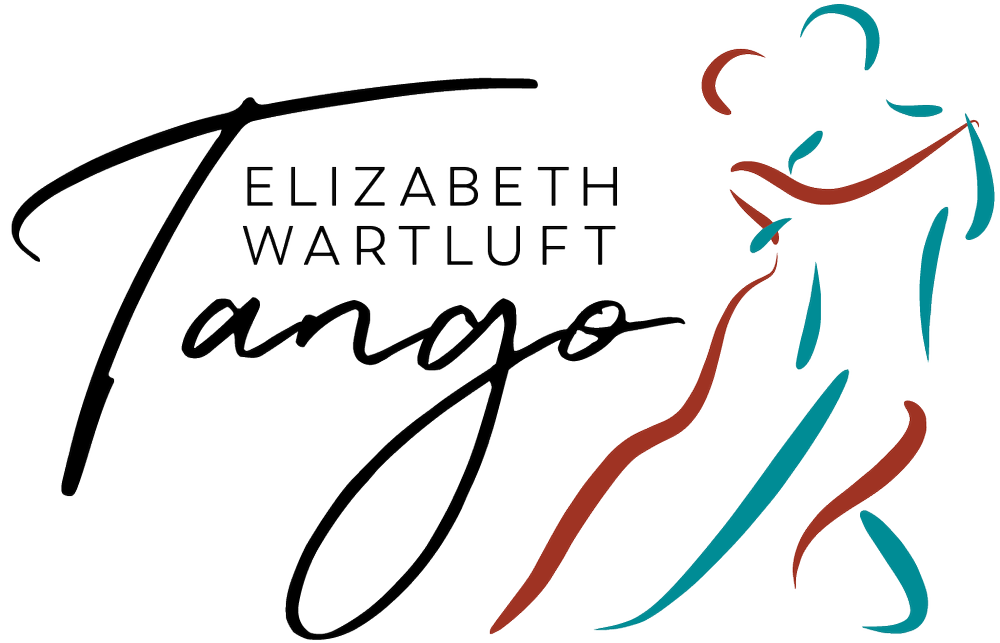Why are practicas like preschool?
I just walked by the local preschool and heard several corrections to kids that I think could help us as dancers at tango practicas. So here goes!
Dilemma #1: We need to take turns!
A practica should benefit everyone. A problem arises when you have an agenda, and the other person has an agenda—and one person ignores the needs of the other person and just does THEIR agenda.
Most of us have been brought up to be polite, and we often just go along with the pushy person rather than make a scene. How can we extract ourselves efficiently from this dilemma?
My solution: be clear with each person before dancing with them. I suggest saying something like, “Here is the one thing I want to work on: …” and ask them for one thing they want to work on, then do both and then exchange partners. That way, if they are not working on your choice, you can gently remind them that you agreed to do both people’s work.
Survival solution: “Excuse me, I need to go to the bathroom.” :-)
Dilemma #2: Honey, you need to share the treat with everyone!
A practica is a place where most people come to dance with a diverse group of people to improve their dance. It’s rude to hog a good dancer unless you have agreed that you want to dance only with each other. Do one tanda, or 2-3 dances together, and then change partners.
Sometimes, this dilemma is compounded by Mr./Ms. Insensitive from the dilemma above. If someone gloms onto you and does not check what you want to do AND does not check whether you would like to dance with other people, you have a real problem if you are a polite person.
How can we get out of this situation?
My solution: Agree to how many dances you plan to do before dancing unless it’s a practica that has tandas, in which case you can stop when the DJ plays a cortina (the music between sets). If that doesn’t work, I tell the person that I promised some dances to another person, and I change partners. If the other person protests that you are the only person they want to dance with at the practica, remind them that dancing with beginners is the best way to improve technique. Share the love!
Survival solution: Same as above.
Dilemma #3: Hold hands with your buddy!
We are all in this community together. We have been through COVID, inappropriate behavior allegations, closure of dance studios and other stress as a community recently. If we want to build our community back, we need more new, friendly people to join us. Bring along a coworker or your neighbor or your cousin when you go to a practica next time. It’s OK they don’t dance tango—yet.
The solution: Introduce your buddy to people. Ask some of your friends to dance with the new person as a favor to you. Remind everyone that when they started, some nice advanced dancers did the same for them! Make sure your visitor feels taken care of by you and your friends so that they want to come back (rescue them from self-appointed teachers and unpleasant people). In other words, hold their hand emotionally and bring them to tango!
Survival solution: Call some friends ahead of time and get them to commit to a few dances with the new person or go in a group. Hey, bring your entire office along!
See, preschool really does continue through life! :-)
